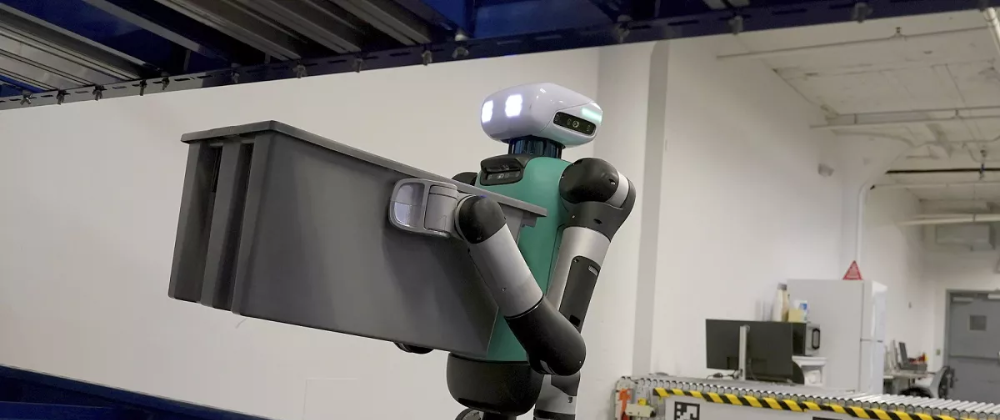Humanoid robots have been a subject of fascination and debate for decades, with their development driven by both technological advancements and societal needs. However, as they become more advanced, questions about their necessity and impact are increasingly being raised. This article will delve into the various perspectives on the need for humanoid robots and their potential societal impacts.
The Quest for Humanoid Robots
The idea of creating humanoid robots has been a long-standing engineering dream, inspired by popular science fiction. The goal is to build machines that can operate in human environments, performing tasks that are essential for human survival and comfort. Humanoid robots are designed to mimic human form and behavior, allowing them to navigate and interact with the world in ways that are familiar to humans. This approach is seen as a way to bridge the gap between humans and machines, making it easier for robots to assist and augment human capabilities.
Current State of Humanoid Robots
Despite significant progress in the field, most current humanoid robots are still in the prototype stage and are often clumsy and impractical in real-life applications. For instance, Agility Robotics' Digit, while having a human-like appearance, is primarily designed to pick up tote bins and move them in warehouses, rather than replicating human form and behavior. Similarly, Toyota's CUE5, a humanoid robot designed to shoot 3-pointers with 100% accuracy, is a testament to the versatility of humanoid robots, but it is not yet a practical solution for everyday tasks.
Practical Applications and Challenges
Humanoid robots are being explored for a wide range of applications, from factory and warehouse work to psychological counseling, home assistance, and even entertainment. However, they still face significant challenges in areas like natural interaction, dexterity, and navigating unstructured environments. The "uncanny valley" effect, where humanoid robots appear almost, but not perfectly, human-like, can make interactions with them unsettling or creepy.
Ethical and Social Impacts
One of the primary concerns about humanoid robots is their potential to displace human jobs. As robots become more capable and efficient, they may take over tasks traditionally performed by humans, leading to job losses and economic disruptions. For example, humanoid robots like the Phoenix from Sanctuary AI are designed to fill labor gaps in industries, potentially reducing the need for human workers. However, proponents argue that humanoid robots can augment human capabilities, helping to address labor shortages and improve productivity.
Another significant concern is the potential for humanoid robots to learn and exhibit discriminatory behaviors based on the data they are trained on. Existing societal prejudices could be picked up by humanoid robots, leading to unintentional discriminatory behavior. This raises ethical questions about the control and oversight of these advanced technologies.
Emotional and Psychological Benefits
Despite the practical and ethical concerns, there is a strong emotional and psychological appeal to humanoid robots. Many people find them endearing and engaging, which can lead to better interactions and more effective use in certain applications. For instance, robots like Sophia, developed by Hanson Robotics, are designed to interact with humans, potentially having real-world practical applications in fields like medicine and education.
Future of Humanoid Robots
The future of humanoid robots is uncertain, but it is clear that they will continue to evolve and play a significant role in our lives. The development of more advanced AI and robotics will likely lead to more capable and versatile humanoid robots. However, the debate about their necessity and impact will continue, with some arguing that human-centric robots focused on functionality are more practical than humanoid robots.
Conclusion
Humanoid robots are a complex and multifaceted topic, with both practical and emotional benefits as well as significant challenges and ethical concerns. While they may not be necessary for every task, they offer a unique potential for human-machine interaction and can help address labor shortages and improve productivity. As technology advances, it is essential to consider the societal impacts and ethical implications of humanoid robots to ensure their development is beneficial and responsible.






Top comments (0)